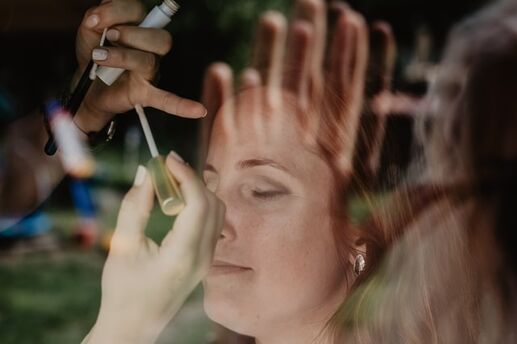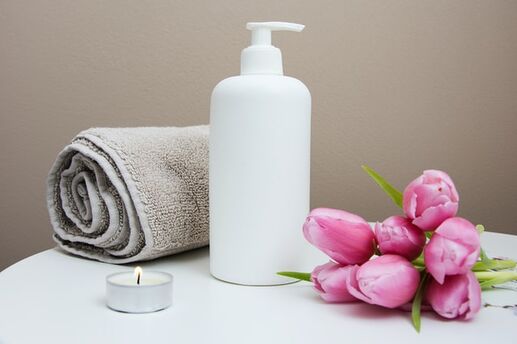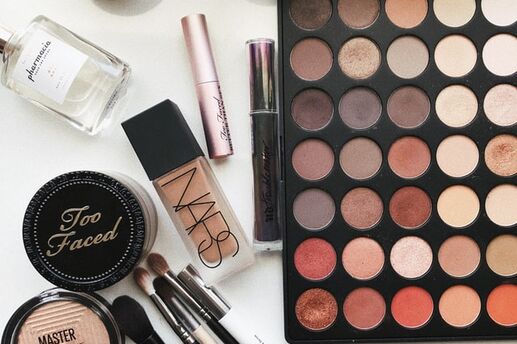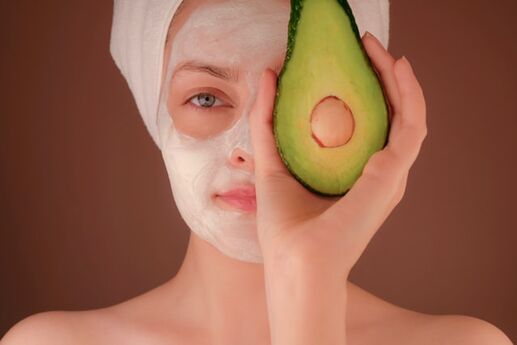The Art of Makeup Touch-Ups
Most women apply their makeup in the morning, and then freshen up their lipstick periodically. But taking two minutes to do a quick makeup touch-up a few times throughout the day can make all of the difference: You’ll appear just as polished at 5 p.m. as you did first thing in the morning. Follow my five simple steps to look gorgeous around the clock!
Makeup Touchup Step No. 1: Pack smart.
To look your best all day long, toss a touch-up kit in your purse. I recommend tools that have a variety of uses, such as:
• Dual-tipped eyeliner or eye shadow pencil and mascara
• Pack of tissues
• Lip/cheek stain and lip balm
• Makeup wedge and two-sided brush
• Travel bottles of hairspray and dry shampoo
Makeup Touchup Step No. 2: Blot, dab, blend.
At the end of the day, your face gets shiny and your eyelids turn greasy. Your foundation also settles into lines and creases. To smooth everything out, use a tissue as a makeshift blotting paper: Tap (don’t drag) the tissue on your face.
Once you’ve removed the excess oil, fold it until it becomes a wedge. Use one point to clean any shadow or mascara that has fallen beneath your eyes. Dab another corner to blend any concealer that has settled into lines, and use the third point to smooth any eye shadow in the crease of your lid. Then dust a thin layer of powder across your eyelids and beneath the lower lash line.
Makeup Touchup Step No. 3: Groom your brows.
If you often touch your face or have long bangs, your brows may resemble the Mad Hatter’s by midday. To remedy the problem, brush your brows upwards and outwards. Then spritz a little non-flaking hairspray onto the brush and lightly comb the hairs in place.
Makeup Touchup Step No. 4: Lash out.
To freshen your lashes without crossing into Tammy Faye territory, try this tip: Rip off an inch-wide strip of a tissue and roll it into a tight tube. Rub the end of your mascara wand onto the tip of the tube, then whisk it on the roots of your lashes. This paints on a small amount of mascara. As it dries, push your lashes upwards with the tube to help them curl.
Makeup Touchup Step No. 5: Pump up the volume.
Do you locks get oily and limp throughout the day? Try dry shampoo, which soaks up grease and gives your mane more body.
Hold the dry shampoo several inches from your head and dust the roots of your hair with a fine layer. Wait a few minutes, and then rake your fingers through your hair to work the shampoo out. (If there’s any white residue, wrap your index finger with a tissue and flick the powder out.) Finish with one pump of hairspray. The water in the spray cuts the powdery look and sets the shampoo, so you’ll have voluminous locks for the rest of the day.
Photo by Victoria Priessnitz on Unsplash
Like this article? Get more by following us on Facebook at Beauty & Confidence.






